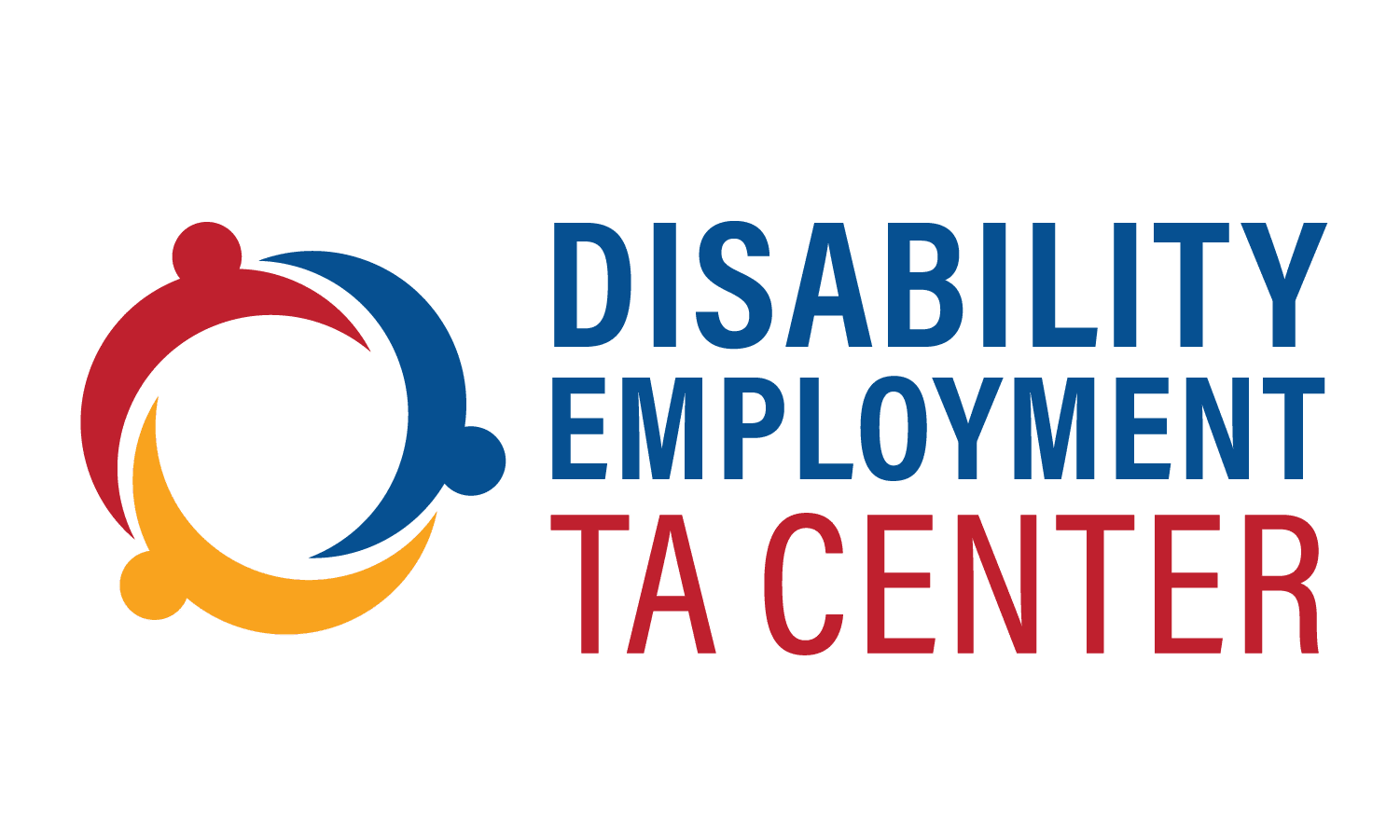Independent living can be considered a movement, a philosophy, or specific programs. In the context of ACL, independent living programs are supported through funding authorized by the Rehabilitation Act of 1973, as amended (The Act). Title VII, chapter 1 of the Act states the current purpose of the program is to “promote a philosophy of independent living including a philosophy of consumer control, peer support, self-help, self-determination, equal access, and individual and system advocacy, in order to maximize the leadership, empowerment, independence, and productivity of individuals with disabilities, and the integration and full inclusion of individuals with disabilities into the mainstream of American society.”
Key provisions of the Act include responsibilities of the Designated State Entity (DSE), provisions for the Statewide Independent Living Councils (SILCs), requirements for the State Plan for Independent Living (SPIL), and Center for Independent Living standards and assurances. (See below for details on all these areas.)
To receive funding, states must jointly develop and submit a State Plan for Independent Living (SPIL), which is a three-year plan for providing independent living services in the state. The Designated State Entity (DSE) is the agency that, on behalf of the state, receives, accounts for and disburses funds received under Subpart B of the Act. The Statewide Independent Living Council (SILC) is an independent entity responsible to monitor, review, and evaluate the implementation of the SPIL. Centers for Independent Living (CILs) are consumer-controlled, community-based, cross-disability, nonresidential private non-profit agency that are designed and operated within a local community by individuals with disabilities, and provides an array of independent living services.

